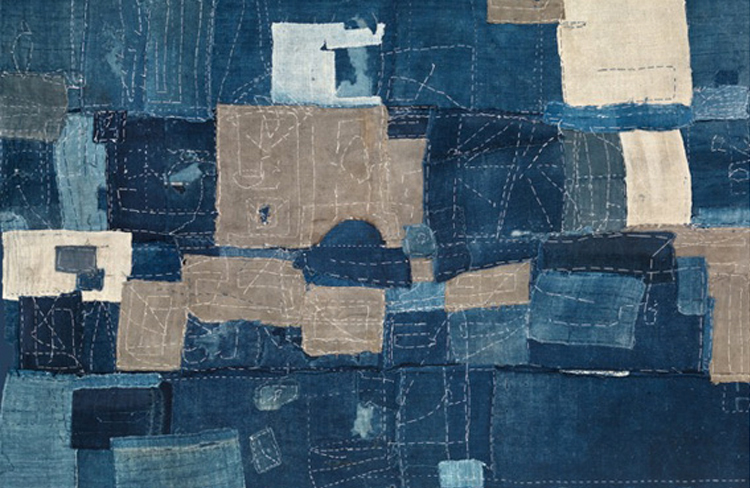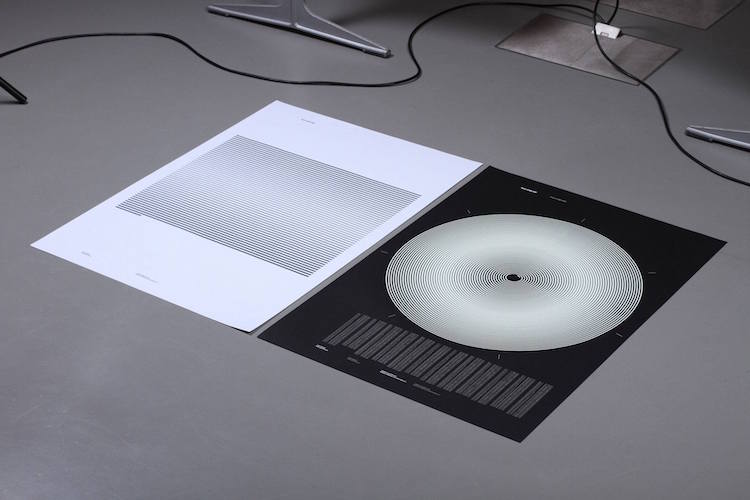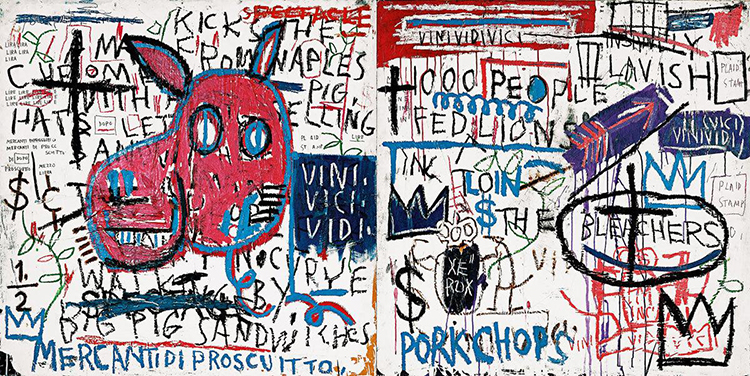Apologies for the lack of imagery, but all the more reason to go and see this exhibition of original Japanese Boro fabric at Somerset House. Boro is Japanese for “rags” and usually consists of pieces of old fabric, such as futon covers and old workwear, which have been reclaimed and stitched together to create new, larger pieces. In Japanese culture, Boro is a fabric that belonged to the poorer classes and is not particularly valuable, however in western cultures, Boro has become highly collectible because of its folk heritage and craft technique. If you can afford it, the pieces are actually for sale, prices starting at £5,000.

“In the cold climate of northern Japan, cotton could not be cultivated and for the largely poor population that lived in the rural landscape there, it was an expensive luxury to transport it to them. When boats arrived to the northern ports from south of Osaka, they were carrying discarded cotton from the central coastal cities where it was more affordable to commoners but only available in shades of blue, grey, black and brown – colours permitted to them under strict sumptuary laws of the period (more opulent colours were the reserve of the aristocracy). Here they could trade the pieces of cotton for fish or seaweed, taking them home to be patched onto worn-down workwear or frayed futon covers. As Japan’s society shifted towards industrialisation and urbanisation in the early twentieth century, the patchwork practice faded and many boros were simply thrown away, acting as a painful reminder of a poverty-stricken past.”
Boro, Somerset House
2 – 26 April 2014?
Daily 10.00-18.00 (Last admission 17.30)
?East Wing Galleries, East Wing
?Free admission
https://www.somersethouse.org.uk/visual-arts/boro
- Geoff McFetridge - May 9, 2014
- Henry Jackson Newcomb - May 6, 2014
- Nathalie Du Pasquier at American Apparel - April 28, 2014




